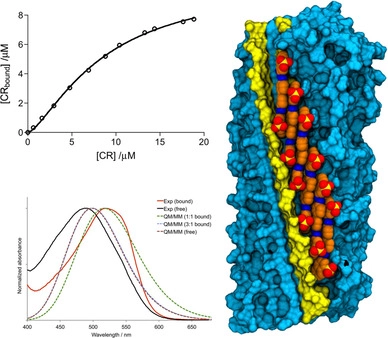Expanding the Range of Pyrenylphosphines and Their Derived Ru(II)-Arene Complexes
Laia Rafols, Sara Torrente, David Aguilà, Vanessa Soto-Cerrato, Ricardo Pérez-Tomás, Patrick Gamez, and Arnald Grabulosa
Organometallics 2020, 39, 2959-2971.
The precursor PPyrCl2 (Pyr = 1-pyrenyl) has been used to prepare a number of novel 1-pyrenylphosphines. Treatment of PPyrCl2 with methylmagnesium chloride has provided the phosphine PPyrMe2, with methanol/triethylamine, the phosphonite PPyr(OMe)2 (1), with dimethylamine/triethylamine, the diaminophosphine PPyr(NMe2)2 (2), and with lithium aluminum hydride, PPyrH2 (3). From this primary phosphine, phosphirane PPyr(CH2CH2) (5) has been obtained. The phosphine PPyr2Ph (6) has been synthesized from 1-bromopyrene, while 1-bromo-2-(1-pyrenyl)benzene has been used to prepare Ph-PyrPhos (7) and i-Pr-PyrPhos (8). The new phosphines have subsequently been used to obtain the corresponding [RuCl2(η6-arene)(PPyrR2)] complexes C1Cym–C3Cym and C6Cym–C8Cym (arene = p-cymene; Cym) and C1Mba–C3Mba and C6Mba–C8Mba (arene = methyl benzoate; Mba), which have been fully characterized; the crystal structures of C1Cym, C1Mba, C2Cym, C2Mba, C6Mba, and C7Cym were determined by X-ray diffraction. Substitution of the methyl benzoate fragment of complexes C7Mba and C8Mba by the η6-coordinated pyrenyl group of the coordinated phosphine was achieved photochemically, giving the tethered complexes C7Tet and C8Tet. In these two complexes the phosphine acts as a κ1,η6-coordinated ligand, as evidenced by the X-ray structure of C8Tet. The antineoplastic activities of the piano-stool Ru compounds revealed that they are highly phosphine dependent and two compounds, namely C1Cym and C2Cym, exhibit interesting biological properties.







